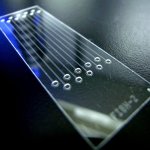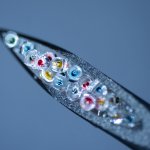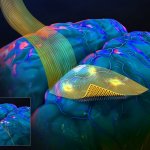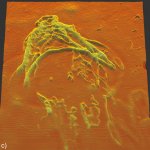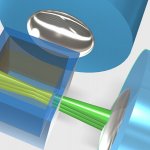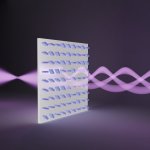
News • Science fiction concept
Minimizing biopsy trauma with a tractor beam
Tractor beams are making the jump from science fiction to reality: Researchers are developing rays of light that can pull particles toward it, to minimize the trauma caused by current biopsy methods.



